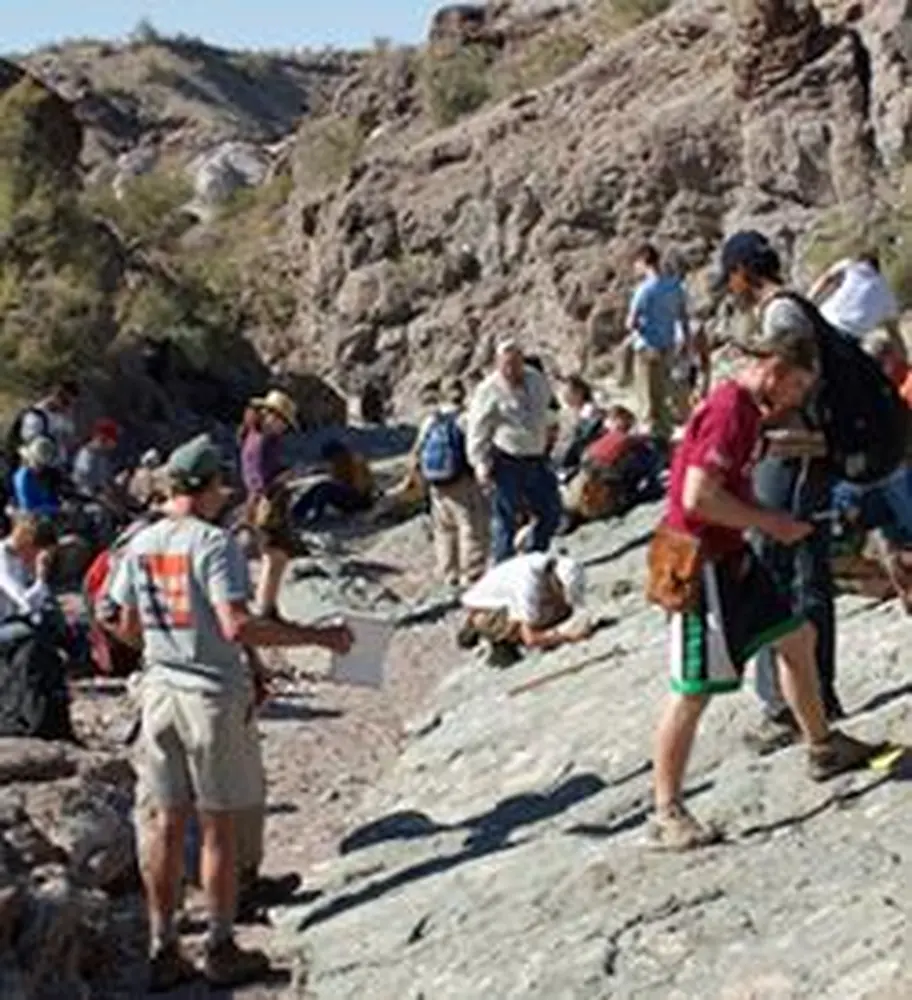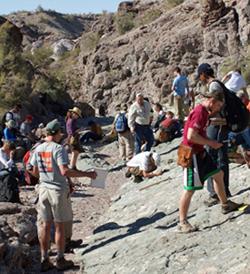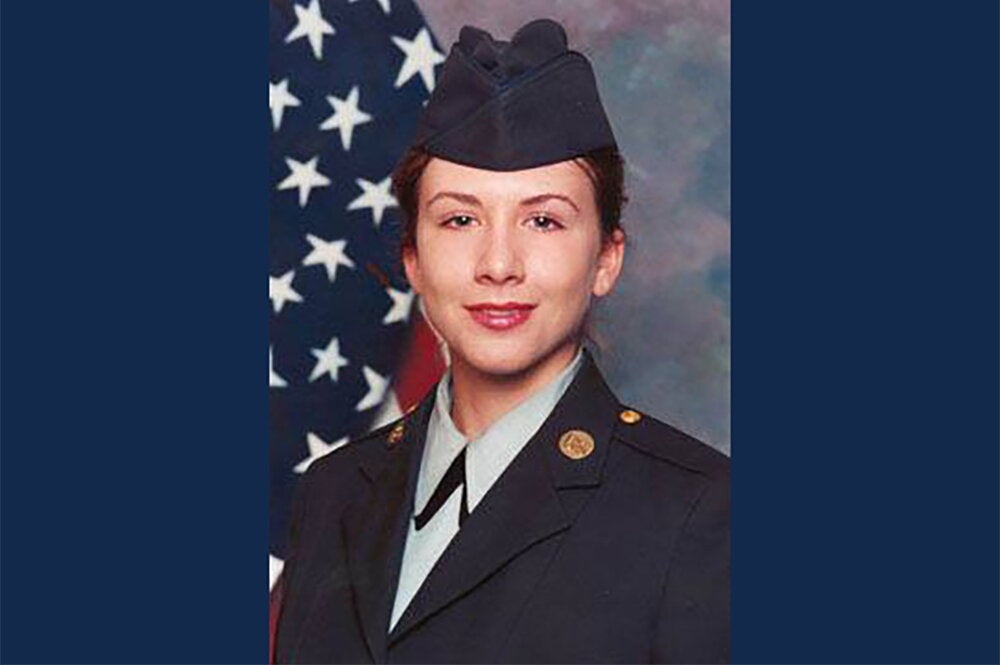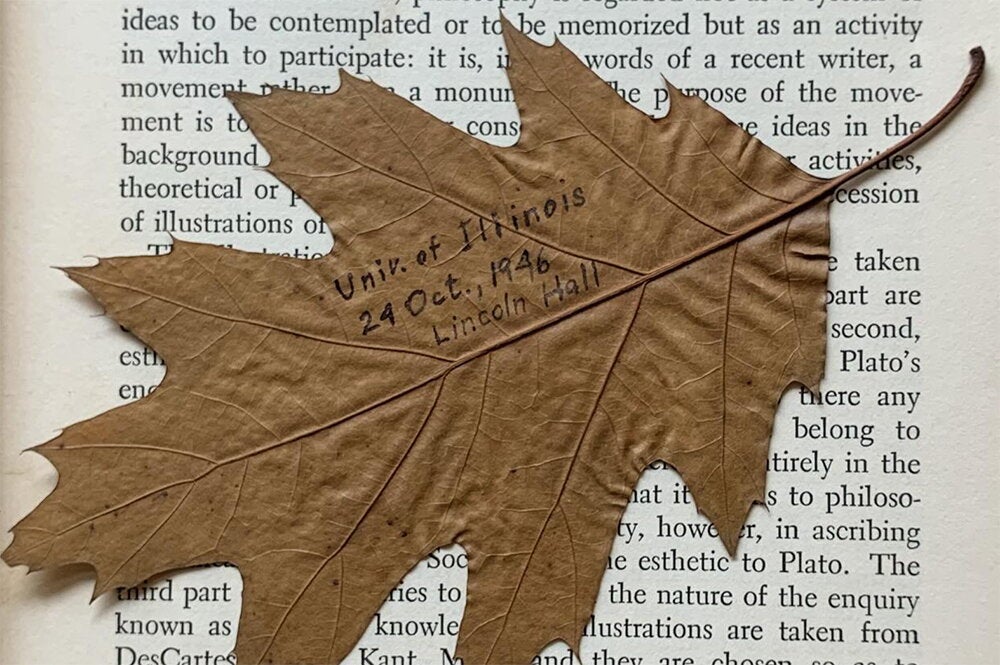

In learning their field, some geology students follow the same model as study abroad, but instead of seeing the mosques of Cairo, they hike mountain ranges and sleep in the Sonoran Desert.
During spring break, Stephen Marshak, professor of geology, and his Geology 415/515 class left the books behind and traveled west to study geology firsthand. Marshak and 28 students flew to Phoenix, rented vehicles, and spent eight days camping and studying the telling landscape of west-central Arizona and southern California.
They slept under the open sky as they examined remote rock outcroppings, ascended mountain peaks, and studied land contortions around the San Andreas fault. They witnessed 80 million-year-old granite monoliths in Joshua Tree National Park and saw the sub-sea level floor of Death Valley. The trip was assisted by $25,000 from Shell Oil Company.
“We trekked through salt flats, up polished channels of Mosaic Canyon, across an active field of sand dunes (in a 40 mph wind), and around the crater of a volcano,” Marshak says. “On our return back to Phoenix, we drove up onto the Colorado Plateau, and traversed across the edge through layers of strata that represent eons of time. We ended up in a copper mine dug into the products of geysers that spewed minerals onto a sea floor over one-and-a-half billion years ago.”
There are three versions of the course, one of which runs each year, Marshak says, with a different faculty member teaching each version.
“It turns the natural landscape into the classroom,” Marshak says, and “gives students the experience of living in a totally different environment.”


